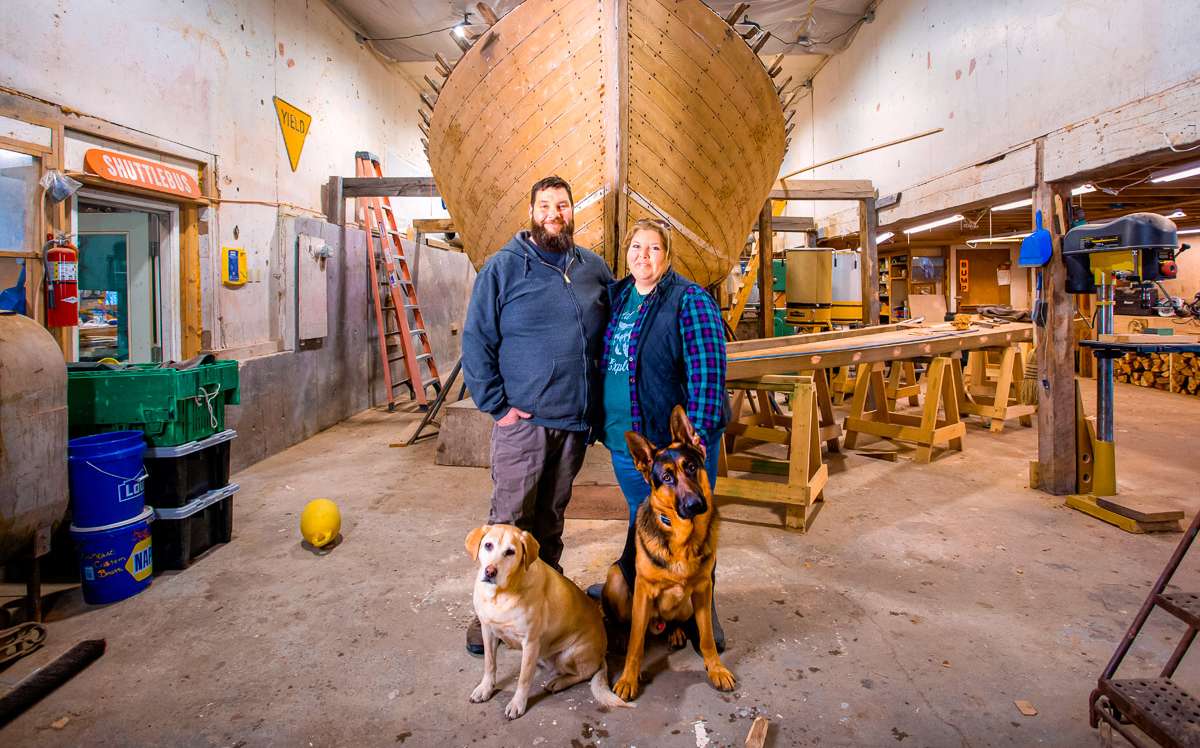
Boatbuilders, oyster farmers and kelp growers help preserve working waterfront in Yarmouth
 Photo / Tim Greenway
Chad Strater, president of the Sea Meadow Marine Foundation, says it’s important to preserve what’s left of Maine’s shrinking working waterfront.
Photo / Tim Greenway
Chad Strater, president of the Sea Meadow Marine Foundation, says it’s important to preserve what’s left of Maine’s shrinking working waterfront.
Half a dozen years ago, Chad Strater started storing docks at a boatbuilding yard at 123 Even Keel Road on the Cousins River in Yarmouth.
The yard was owned by brothers Jamie and Joseph Lowell, whose boatbuilding business, Even Keel Marine Specialties Inc., was rooted in a deep family background in the industry.
Strater, a New Gloucester resident, was co-owner of a small marine construction business, Coastal Maine Hardscape. Initially, he and a partner operated out of Freeport, offering landscaping services, then expanding to marine — making, installing, repairing and storing items such as residential docks and piers.
“If you needed a spot to store your dock, we’d take it down and tow it to the yard,” he says.
In 2017, Strater leased space at the Lowells’ yard, where the brothers also rented to boat shop Greene Marine, a handful of small shellfish farmers and the Yarmouth Rowing Club.
Then Jamie and Joe, going their separate ways, decided to sell the yard. The listing drew buyers interested in residential development, say Joe Lowell and his wife Megan.

But the brothers wanted someone who would preserve the land as working waterfront.
Strater understood the value of working waterfront.
“This kind of working space is priceless,” he says.
The three got talking.
“I can’t remember if they approached me or if I approached them,” says Strater. “I saw the for-sale sign. I said, ‘Wait a minute, this is for sale.’ And they thought that I would be a good candidate to buy it.”
Strater looked into conventional lenders and investors for the purchase. No one bit. He continued to talk up the facility with folks in the local maritime industry, eventually meeting Rebecca Rundquist, a Yarmouth resident with extensive experience in the nonprofit world and who worked on the early stages of acquiring the lands that became the Katahdin Woods and Waters National Monument.
Further research uncovered a U.S. Department of Agriculture Community Facilities loan program offered by Coastal Enterprises Inc. in Brunswick. Eligible borrowers include community-based nonprofits in rural areas.
That started the ball rolling to finding like-minded residents and business owners who would agree to form a board of directors to found the nonprofit Sea Meadow Marine Foundation and nailing down the deal in late 2021. A year later, the group is in the midst of plans for a facility that’s seen as vital in the face of Maine’s waning working waterfront.
“They’ve been able to clean up the site and bring the existing businesses up to capacity,” says Scott LaFlamme, Yarmouth’s director of economic development. “We’re working with them to figure out potential future uses and talk through what the local planning process might look like.”
Work in progress
Sea Meadow Marine is a work in progress and buying the 12-acre property, listed at $1.22 million, was complicated. Significant upgrades are needed — the site lacks sewer and water infrastructure, instead relying on a portable toilet and water that’s trucked in.
The goal is to operate the site as a business incubator and marine business hub for early-stage fisheries and sustainable aquaculture businesses alongside marina services, heritage boat builders and recreational marine organizations.
Today, tenants support 26 working waterfront jobs in small oyster, kelp, quahog and scallop farm operations, boatbuilding and service companies. Yarmouth Rowing Club uses it as a base of operations. Joe and Megan Lowell rebooted their operation as Downeast Custom Boats.
“In order to be able to farm or work in the wild fisheries, people always picture us out on the water,” say Amanda Moeser, a board member and coastal ecologist who owns Lanes Island Oysters elsewhere in Yarmouth.
She regularly stops by the Sea Meadow facility to sell product to a dealer. “But we also need a place to park our car, a place to tie up our boat that’s affordable, and a place to land our products,” Moeser says. “Oysters need to be washed and bagged and sorted and sold. So the land-based aspects of farming are so critical. We need places like Sea Meadow Marine because not all of us can afford to own waterfront.”
Alicia Gaiero, who’s planting over 100,000 oyster seeds this year for her operation, Nauti Sisters Sea Farm, agrees.
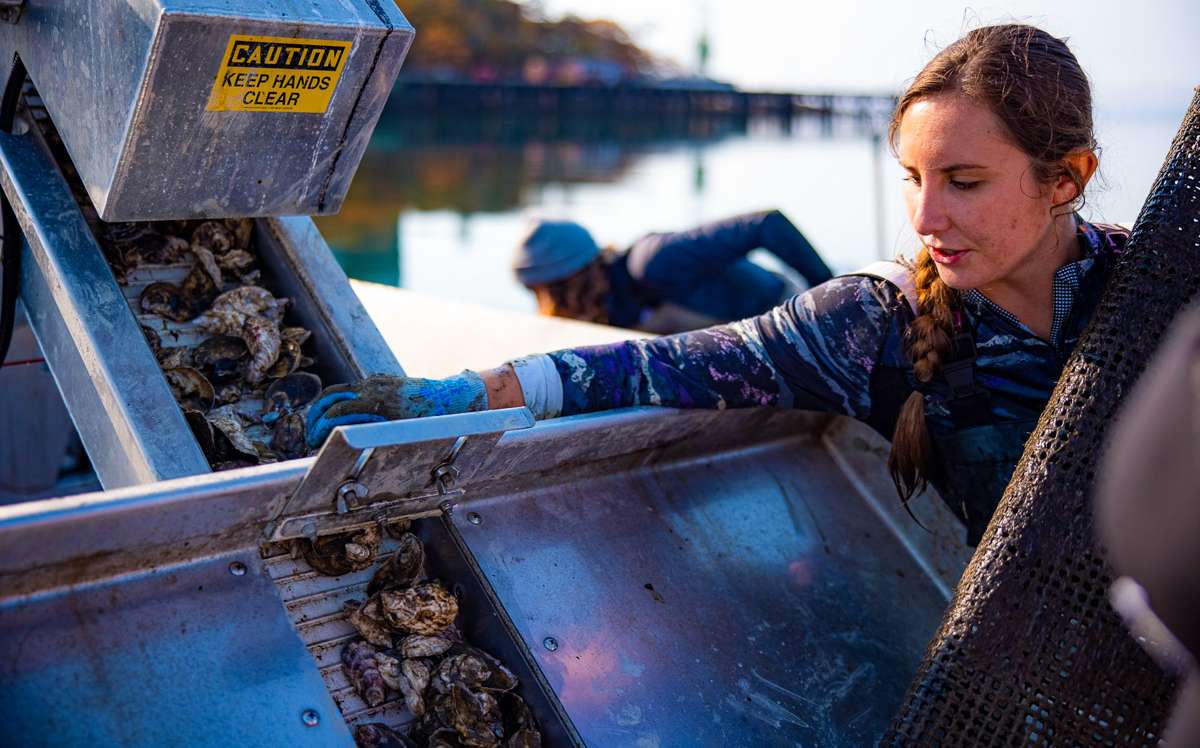
Gaiero thinks about access and affordability whenever she’s on the water.
“Having that accessibility is a game-changer,” Gaiero says.
She estimates a slip at a local marina would cost thousands of dollars each season.
“Square-footage for storage can be really expensive,” she continues. “A whole portion of my business plan and budgeting is looking at how much it costs to get on the water. Where do you work? Where do you store your equipment? And Sea Meadow is highlighting the need to preserve other locations.”
Strater and other board members have been cleaning the yard and creating useable space.
He and a partner, Nick Planson — also a board member — created a new business called the Boat Yard, to provide boat storage and service to workboats and recreational boats, to sell electric motors, and to build electrical charging infrastructure.
The board is networking with community and academic organizations to offer access to the working yard and adjacent salt marsh.
“Imagine a place where you can park a school bus and spend a day with students and right in front of them there’s a salt marsh and an aquaculture community,” says Thomas Henninger, who operates Madeleine Point Oyster Farms from the site and supplies product to his spin-off business, Freeport Oyster Bar.
Henninger says the disappearance of working waterfront to residential development hurts small maritime businesses like his.
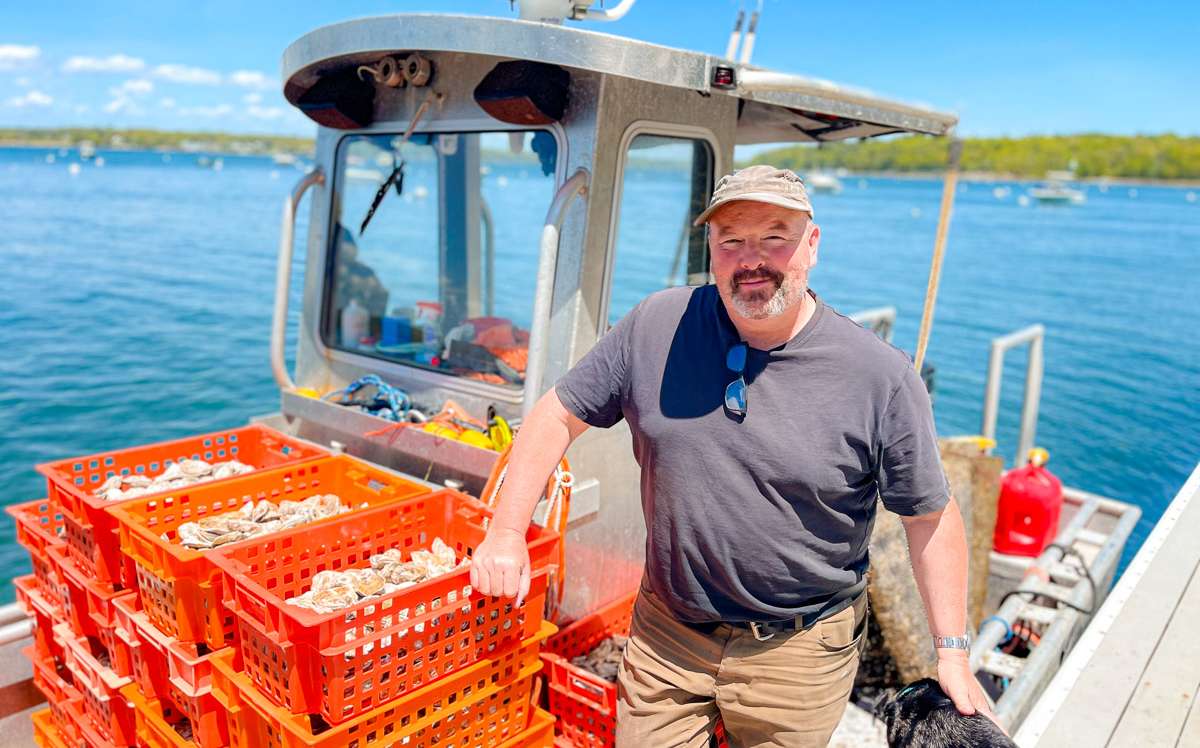
“Part of being aquaculturalists is having a social contract,” he says. “I’m growing my oysters because the state leased me an area. I don’t think that’s one-sided. That social contract with the community, for an oysterman, happens when someone’s kid is on your farm, when schoolkids visit your upweller where you grow the baby oysters, when someone brings their kayak down.”
Creative strategy
Explaining the project to the public can be difficult.
“It’s really hard for people to understand why we’re a nonprofit,” Strater notes. “They say, ‘It’s a boatyard. What’s nonprofit about that?’ As a nonprofit, it enabled us to receive the funding to purchase the property and provide affordable waterfront access.”
In order to get that USDA loan, though, Strater first had to prove the facility could generate a revenue stream.
The listing broker, Kirk Butterfield of KW Commercial Group at Keller Williams Realty, came up with a creative strategy that would allow Strater to develop the nonprofit and simultaneously pursue the loan, along with an operating grant from the Elmina B. Sewall Foundation in Freeport.
Butterfield worked out a master lease and a leaseback. The arrangement meant Strater could lease the property from the Lowells, then act as the landlord and lease space to aquaculture operators and other tenants — including the Lowell brothers — even though he didn’t yet own the property.
With that arrangement, which took effect in 2020, Strater could demonstrate to the lending agent that he had the income stream necessary to make the numbers work.
“It was a pretty good rate, but it’s definitely money that we have to pay back,” says Strater. “So we have to make sure that we’re monetizing that property correctly so that it will stay as it is.”
Simultaneously, Strater and others formed a volunteer board of directors who acted as loan guarantors.
Strater and Rundquist credit U.S. Sen. Angus King’s office for expediting the foundation’s nonprofit status, allowing it to finalize the purchase before its agreement with the Lowells expired and the finance arrangement became void.
He adds, “Lots of people and entities worked together to make this happen.”
Board members have diligently cleared yard debris and organized boat storage to maximize space. Average onlookers will still see old buildings. The timeframe and budget for hooking up sewer and water are unclear.
“It’s hard because it looks like we haven’t done anything,” says Rundquist. “If you go down there, it doesn’t show all the work we’ve been doing, because a lot of it is planning and conversations.”
GEI Consultants Inc. in Portland is developing a site plan as a collaborative process with the facility’s users.
“We have to have something that everyone needs and that’s not too much for the site,” Strater says. “We know it’s not the right place for a big industrial facility. And we like the small-scale community that we have now.”
Gaiero speaks to that community feel. An aquaculture cooperative formed at the site bought a storage container and converted it into a refrigerated reefer approved to hold shellfish. A dock and equipment were added. Gaiero doesn’t have her own fixed facility, which limits how she sells product on her own.
“The coop acts as your shellfish dealer, which is huge,” she says.
Gaiero isn’t a coop member, but “The industry is small and like a family,” she says. If another farmer is unloading oysters from their harvest, she’ll go down and help them. “That camaraderie is pretty common,” she says.
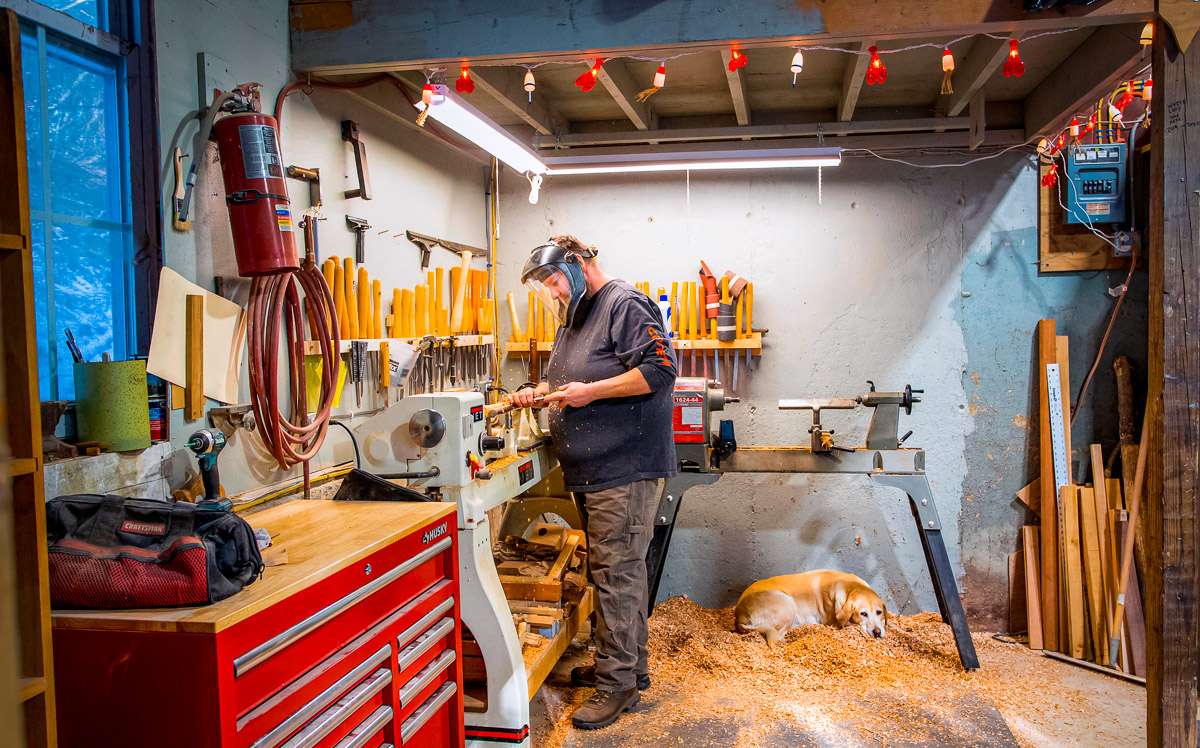
The project coincides with the town’s interest in fostering aquaculture opportunities, in assessing industry need for working waterfront access, and in understanding how the town can mitigate regulatory or spatial constraints on sector growth, says LaFlamme.
“Continued growth at the site will involve public infrastructure improvements that will go through enhanced planning board review,” he says.
Rundquist notes that developing the site as a community asset is not just for Yarmouth. “We’re trying to make a model for all communities that are losing their working waterfronts,” she says.
Henninger adds, “This is ours to create and we need to create it the right way.”
For Joe Lowell, it’s simple: “I’m so glad this place is still working waterfront.”
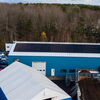


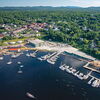






0 Comments